#Albinus
Text

(Color study)
He is like ''You hurt my master'' Albinus if he had managed to escape the vampire assault on the Palazzo.
I don't find many fan arts of Albinus on internet :(
#art#digital art#fantasy#vampire chronicles#anne rice#vampire#fan art#blood and gold#book#albinus#color study
100 notes
·
View notes
Text
Valenfangs - day 11 - "dance with me"
For this prompt I'm putting out the first chapter of my Glass Slippers expansion pack! I originally wrote this as chapter six of Dark and Stormy Fairy Tale but liked it so much I decided I wanted to make it into a more full-length fic. Chapter one is an extended version of the first half or so of the original one-shot with some extra bits added in.
And I drew some art! It's Armand and Marius at the ball ✨
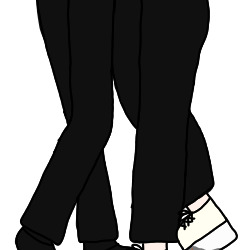
@valenfangs
11 notes
·
View notes
Text




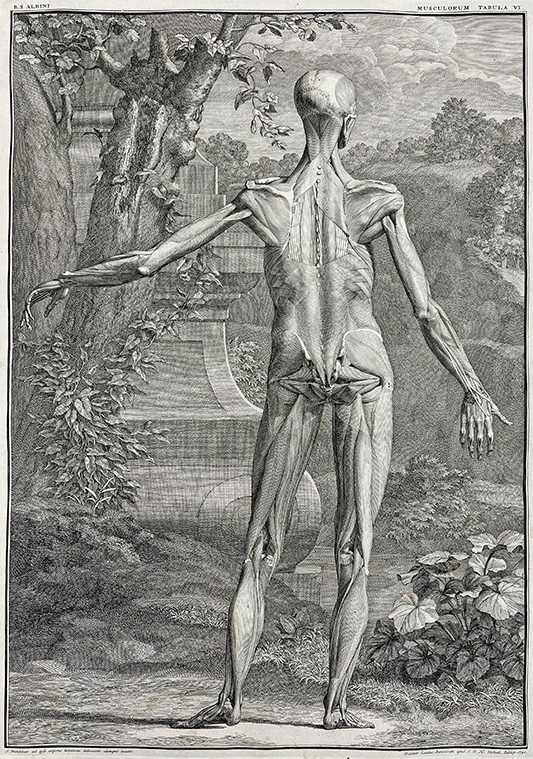
Guest Post from John Martin Rare Book Room
Hardin Library for the Health Sciences
When classes visit, I usually set out several books on a particular subject or time period. Students often ask why some of the books are so much larger than others, especially if one of our "elephant" books is out - folios ranging roughly from 55 to 100 cm (22 to 39 in).
This got me thinking about just what our largest and smallest books might be. As of January 2023, the largest and smallest bound books in the JMRBR collection are the 1747 Tabulae sceleti et musculorum corporis human (76 cm/30 in) by Bernhard Siegfried Albinus (1697-1770) and the 1527 Anatomice, sive Historia corporis humani (11 cm/4 in) by Alessandro Benedetti (ca. 1450-1512), respectively.
ALBINUS, BERNHARD SIEGFRIED (1697-1770). Tabulae sceleti et musculorum corporis humani [Diagrams of the skeleton and muscles of the human body]. Printed in Leiden by Johannes & Herman Verbeek, 1747. 98 pages [40 illustrations]. 76 cm tall.
Let's start with our big book of anatomy. Bernhard Siegfried Albinus was a Dutch physician, anatomist, and professor of medicine who lived during the last half of the 17th century and the first part of the 18th. He was part of a physician anatomist family, along with his father, Bernhard Albinus, and brothers, Frederick Bernhard Albinus and Christiaan Bernhard Albinus.
Albinus started his studies at the University of Leiden at the age of 12. He studied under some of the most famous medical minds of the day, including Bidloo and Boerhaave, and eventually in Paris with Frederik Ruysch and Jacques-Bénigne Winslow. Albinus then succeeded his father as the professor of the practice of medicine at the University of Leiden, while his brother Frederick, succeeded Albinus as the chair of anatomy.
Albinus wrote many works, but none were as famous or controversial as the monumental Tabulae. It took twenty-two years to make and a great deal of Albinus's own money. He worked closely with the artist Jan Wandelaar to create the detailed and occasionally whimsical images in the book.
Albinus was driven to execute his vision for the book and was exacting in his work with Wondelaar. The work became so intense that Wondelaar eventually moved in with Albinus to expedite the process. Unlike many anatomists who published before Albinus, he was interested in creating an idealized form of human anatomy, "homo perfectus." This ideal, as Albinus saw it, meant assembling body parts from different cadavers into a single illustration instead of illustrating a single body.
To help maintain proportion and accuracy, Albinus and Wondelaar developed a hanging grid that was placed in front of the skeletons. To allow for close-up observation to capture finer details, a proportionally smaller grid was placed closer to the skeleton. With Albinus intensely controlling the details of the bodies, some have suggested that Wondelaar must have felt creatively stifled. With Albinus focused on the bodies alone, Wondelaar was then free to express his creativity through the backgrounds.
As can be seen in the illustrations above, he included elements of nature and classical architecture, the most famous of which is his scene including Clara the rhinoceros. Petrus Camper, a contemporary of Albinus and fellow famed Dutch anatomist, was Tabulae's greatest critic. He criticized the book for its method of assembling the "homo perfectus," but mostly for Wondelaar's backgrounds. I suspect Camper was no fun at parties.
BENEDETTI, ALESSANDRO (ca. 1450-1512) Alexandri Benedicti, physici, Anatomice, siue, Historia corporis humani ; ejusdem Collectiones medicinales, seu Aforismi [Anatomice, sive Historia Corporis Humani - Anatomy, or the History of the Human Body]. Printed in Paris by Simon Du Bois, 1527. 167 pages. 11 cm tall.
Now on to our tiny tome, Alessandro Benedetti's Anatomice, sive Historia Corporis Humani from 1527. Benedetti was born around 1450 near Verona, Italy. Unlike Albinus, Benedetti was not born into a medical family but rather a farming family. Regardless, he eventually made his way to Padua and earned his doctorate in medicine.
After practicing for many years in Greece, in 1490 he returned to Padua as the Chair of Anatomy and Surgery. Benedetti's lectures were popular attractions for students, other physicians, and the famous. The Holy Roman Emperor, Maximilian I (to whom Anatomice was dedicated) attended a lecture in which Benedetti dissected an abdomen. Along with many medical works, he authored a report on the First Italian War (1494-1495) recounting his observations as surgeon general for the League of Italian Princes (the Italian army taking on the invading French army of Charles VIII).
First printed in Venice in 1502, Anatomice, sive Historia Corporis Humani was a hit in the medical community. It deals with many medical and surgical subjects, including gallstones, the opening of the female urethral glands, the passage of the bile into the duodenum, the treatment of syphilis and blennorrhagia (it sounds bad - and it is: excessive discharge of mucus associated with gonorrhea), and a method for safely cutting out bladder stones.
Most notably, Benedetti includes a description of nasal reconstruction by means of a skin flap taken from the arm. The procedure is the same as the one the Branca family practiced in Sicily in the middle of the fifteenth century. The Brancas kept the operation secret and never published it. If this sounds familiar, that's because Tagliacozzi published this so-called "Italian" method in 1597 in his famous De curtorum chirurgia per insitionem which I profiled in the December 2021 newsletter. This method is most often referenced with Taglicozzi, but Benedetti profiled it almost 100 years before him!
Whereas Albinus's book is all about the illustrations, Benedetti's book focuses on the text. But that does not mean it is without fun imagery. The banner image at the top shows a few examples of the many delightful illustrated initials found throughout, except for the initial A which was left unadorned. Seems like an interesting creative choice. Or did something go wrong and the printer needed a quick replacement?
--Damien Ihrig, curator of John Martin Rare Book Room
33 notes
·
View notes
Text
Kabuto has no idea what's going on, and log takes advantage of it.

#myorokabuworld#only mitsuki has his blood#albinus#Orokabu#doodles#family#snakes#orochimaru is jealous#kabuto#orochimaru#mitsuki#naruto boruto next generation
26 notes
·
View notes
Photo

Muscle-Man with a Grazing Rhinoceros | Jan Wandelaar | 1742
“In Albinus’ anatomical atlas, the human body is scentifically described and illustrated layer by layer. After twenty years, the Leiden anatomist Albinus and the draughtsman Wandelaar have almost completed it when the Rhinoceros Clara comes to town. We see her drawn from life in a natural pose together with a muscle-man in two of the atlas’ ten large prints. An unusual combination.”
7 notes
·
View notes
Text

The Death of Caesar by Jean-Léon Gérôme
#julius caesar#assassination#ides of march#art#jean léon gérôme#caesar#theatre of pompey#ancient rome#rome#roman#romans#history#assassins#conspiracy#conspirators#senators#dagger#throne#roman republic#curia of pompey#senate#europe#european#brutus#cassius#marcus junius brutus#gaius cassius longinus#decimus junius brutus albinus#tillius cimber#servilius casca
307 notes
·
View notes
Text
BEWARE.....them

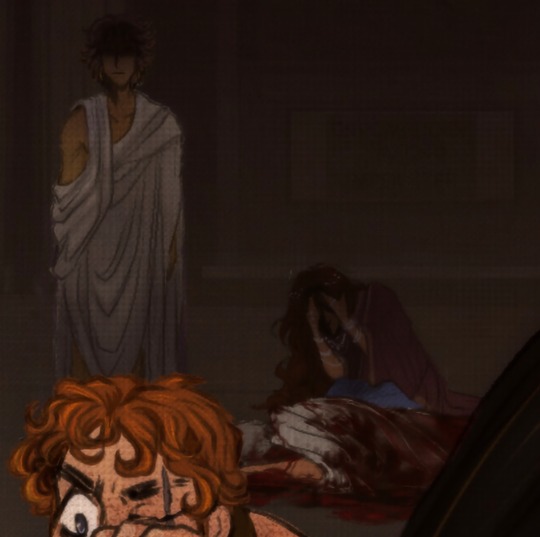
[ Ides 2023 that deserves a repost]
Foreground: Cinna, Casca, Decimus, Brutus, Metellus, g.Casca, Titinius, Cassius
Background: Antony, Calpurnia, Caesar- at least.. it WAS Caesar. 🫡🙏🏻😔
#julius caesar#republic comic#beware the ides of march#caesar needed to beware them#ides of march#cinna#casca#decimus#brutus#metellus#g.casca#titinius#cassius#antony#calpurnia#caesar#lucius cornelius cinna#publius servilius casca longus#decimus junius brutus albinus#marcus junius brutus#metellus cimber#gaius servilius casca#marcus antonius#calpurnia pisonis#gaius julius caesar
33 notes
·
View notes
Text
Reading Antonio Conti's Marco Bruto (1744)!
Highlights from Act 1 Scene 1:
Brutus has a shrine to Cato in his house.
Servilia is the political mastermind behind Caesar's impending coronation. She plays senators as she pleases. This apparently includes Cicero, on whom she has influence through Publilia.
In 63 bce, Servilia's letter to Caesar that made Cato so mad was delivered in the senate by none else than Decimus Brutus.
Caesar wants to marry Brutus to Octavia; Brutus said fuck this.
Servilia is not happy about this refusal, about Porcia, about Cassius, and most of all about the ghost of Cato.
Albinus pretends to work with Servilia but really works with Cassius. Very sexy of him to always be a double agent.
Some more from subsequent scenes:
Cassius would have stabbed Caesar at the Lupercalia but Trebonius held him back saying they still need Brutus there for PR purposes.
Porcia is very persuasive.
Porcia and Cassius complain to each other about Brutus.
19 notes
·
View notes
Text

Happy Ides of March
#ides of march#julius caesar#caesar#marcus brutus#Brutus#cassius#Gaius Cassius Longinus#Decimus Junius Brutus Albinus#when did I make this#what was I on#also wth is in the background#like I can’t be the only one who sees the eyeball right#I made this but I dont remember doing so#I’m attracted to you#Roman dagger#dagger#stabbing caesar#happy ides of march#ides of March is the best holiday#silly pun#pun#joke#Caesar joke#what a loser
8 notes
·
View notes
Text
HAPPY KNIFE AND TOGA DAY!
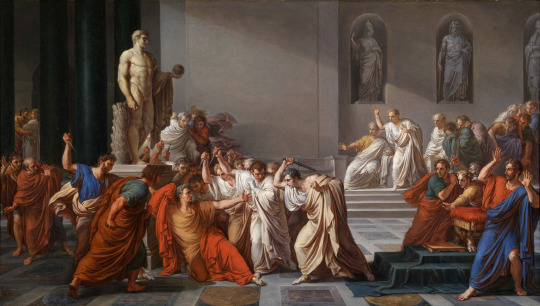
#ides of march#julius ceaser#marcus junius brutus#gaius cassius longinus#decimus junius brutus albinus#2068 years ago today#history
5 notes
·
View notes
Text
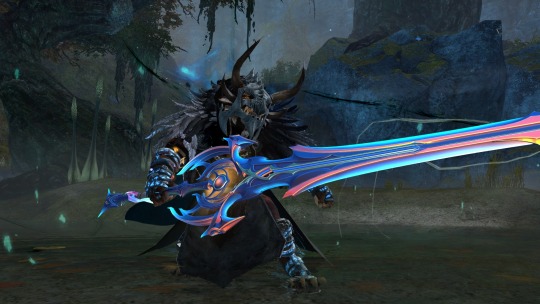
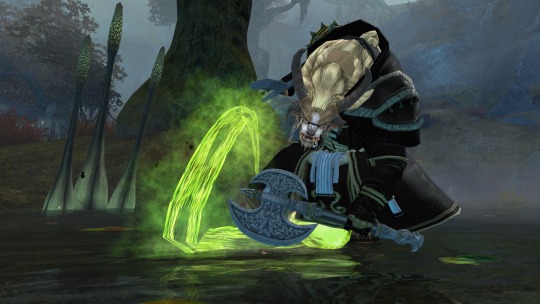
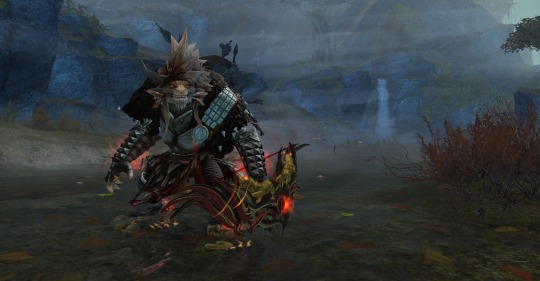


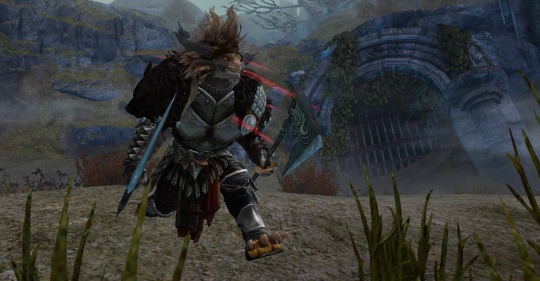
Ash Legion's Heart Warband fighting Ascalonian Ghosts in Doomlore Shire:
Yahuk Thornheart, Reaper, professor, scholar of spectral magic, master of the spirits
Evander Wildheart, Untamed, warband's newstest and youngest after saving him from the brink of death
Tredar Shatterheart, Renegade, a short-tempered hunter, mist traveler, given a second chance to reconcile with his family
Albinus Iceshield, Dragonhunter, a norn-raised ex-mercenary, brawler, mead lover
#oh i just thought i might want to see some cats#charr#gw2#guild wars 2#mad's screenshots#yahuk thornheart#evander wildheart#tredar shatterheart#albinus iceheart#Grothmar Valley#Doomlore Shrine#gw2 fan submission
22 notes
·
View notes
Text
The Hanged Man & FE3H
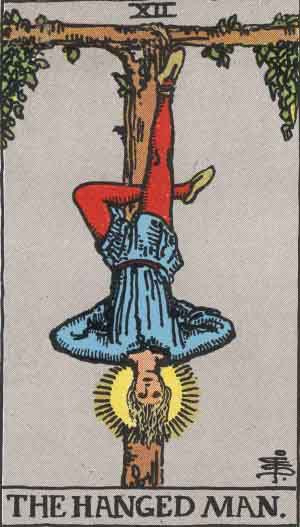
The Hanged Man is an archetype that represents sacrifices in the pursuit of a greater goal. Some say The Hanged Man is meant to be Odin, when he spent nine days hanging upside down from the branches of Yggdrasil in order to receive knowledge and wisdom of the world after he killed himself (yeah, the Norse gods are a mood too). While others see The Hanged Man being punished for a crime, since traitorous criminals in Italy were hung upside down as a punishment. Ultimately, The Hanged Man represents a transformation of some sort. From not knowing to knowing. Guilty to repentant.
The crest associated with this archetype is the Crest of Aubin. Aubin is a masculine French given name meaning “white” or “bright”. It is also possibly a misspelling of Saint Albinus of Angers, a patron saint of protection against pirate attacks.

The dragon associated with this crest is the Ice Dragon. Ice is a symbol of power and aristocracy in Japan due to the expense of being able to have ice yearlong. It can also be a symbol of frigidity, since ice is cold and unbending, unlike water which is flowing and malleable.
I like to think that the Ice Dragon is one who is covered in ice. Perhaps it had a cold personality, and lived all alone, parsing knowledge and observing the world from its cool throne in the mountains.

The character I connect to all these things is Yuri LeClerc. He is willing to sacrifice many parts of himself for the sake of others. He sacrificed his scholarship at Garreg Mach in order to save a member of his crew. He sacrificed his own dignity in order to become adopted. And he sacrificed others’ view of him in Cindered Shadows in order to stop Alferic. He also appears to be a traitor, and has been summarily punished for it (most of it appearing to be self-imposed).
I have a hard time connecting him to the name of Aubin, but… he has a white cape? He does also protect others from unscrupulous thieving bands, which can sort of be like pirates.

Finally, Yuri has an interesting connection with ice as he rubbed shoulders with aristocrats as a commodity himself. He is the “ice” that nobles would like to have as a show of power and money. Just like ice, Yuri is chilly to those around him in an attempt to keep his dignity and sense of safety.
Overall, Yuri is well-integrated with the out of game connections to his crest and dragon name. My question still remains… How come Constance just makes no sense while the other Cindered Shadows characters are doing just fine? What do you guys think? Is Yuri well-integrated, or is he just as messy as Constance?
Previous: Justice
Next: Death
#fe3h#fe16#tarot cards#major arcana#the hanged man#crests#crest of aubin#ice dragon#saint albinus of angers#catholic saints#japanese aristocracy#yuri leclerc#cindered shadows
18 notes
·
View notes
Text
Cassian: You know you can just admit when you’ve made a mistake, right?
Lucius, stirring his coffee with a blank expression: I prefer it with salt.
#incorrect quotes#elder scrolls#elder scrolls online#eso#the vestige#vestige oc#vestige cassian lupus#vestige lucius albinus#source: twitter
8 notes
·
View notes
Text
If you ever feel stupid for doing something in a public place just think of me frantically circling the road sign pole at the local supermarket's parking lot, trying to take a picture of a weevil.

This little guy is (probably) Platystomos albinus.
66 notes
·
View notes
Photo

The banana peel who changed the course of History (Original)
#Ides of March#Ides de Mars#15/03#March 15#15 Mars#Caius Iulius Caesar IV#Imperator Iulius Caesar Divus#Jules César#Julius Caesar#καὶ σύ τέκνον#Et tu Brute?#Marcus Junius Brutus#Gaius Cassius Longinus#Decimus Junius Brutus Albinus
6 notes
·
View notes
Text
How ever gold he shines, do not forget his fire.
- Madeline Miller, Circe
#madeline miller#circe#song of achilles#soa#luangcrptn01#luciel#luciel albinus#helios#apollo#sol#sun#sunlight#quote#literature#fallen light#seraph#angelic#seraphim#heaven#fire#gold
23 notes
·
View notes